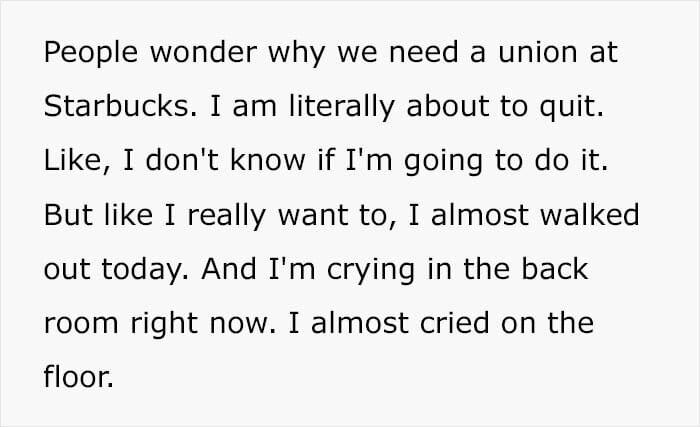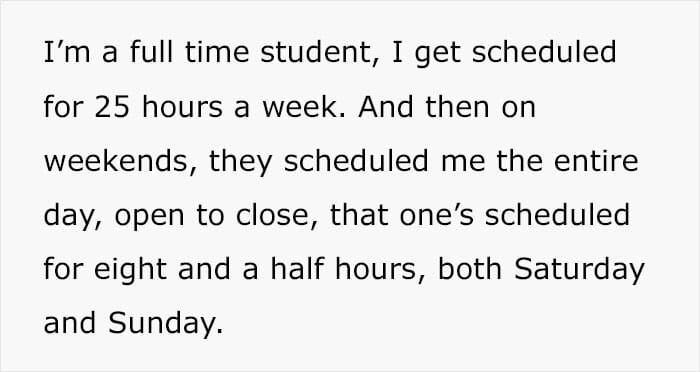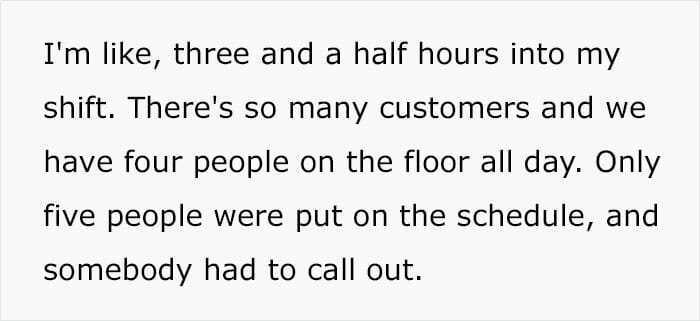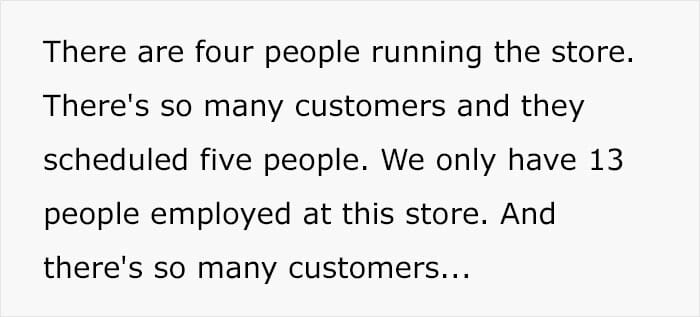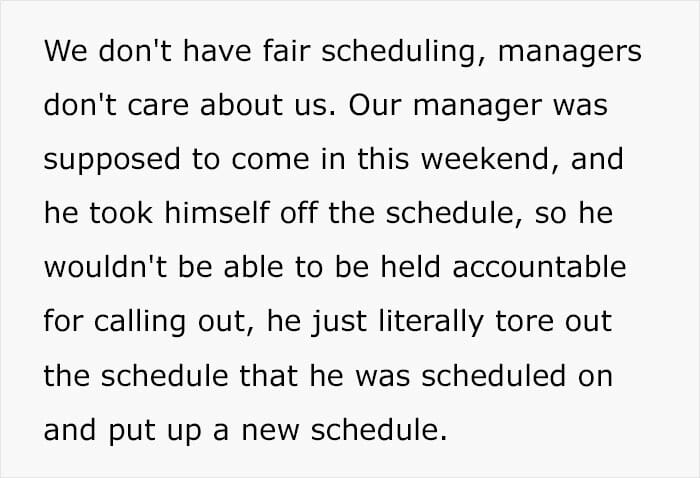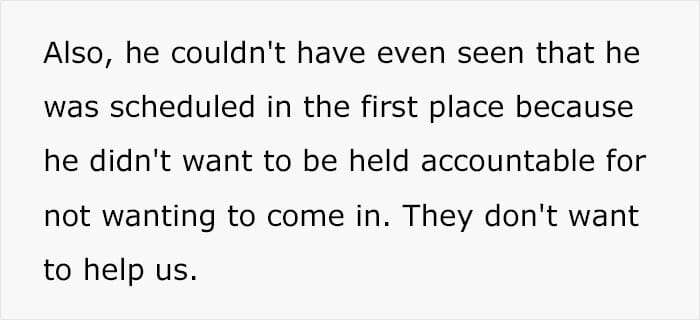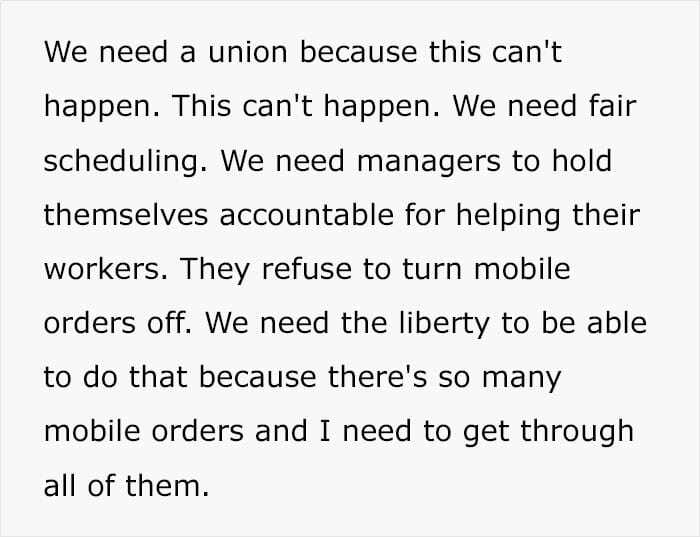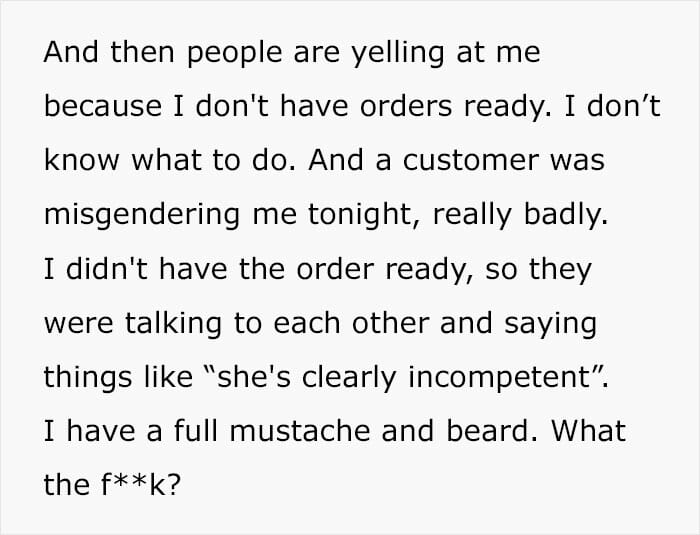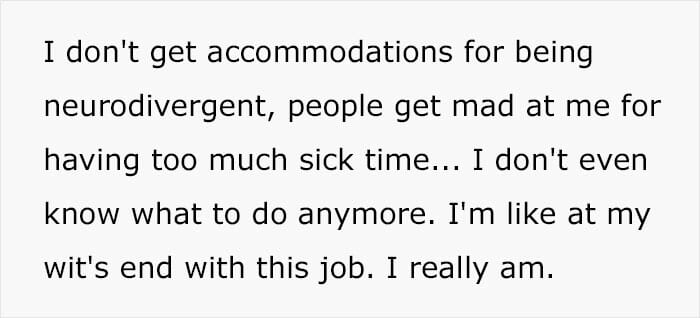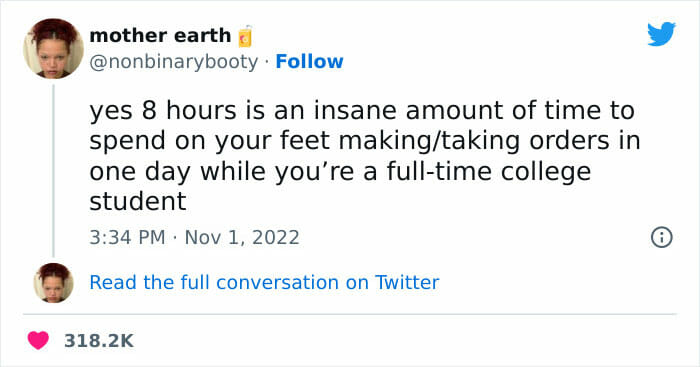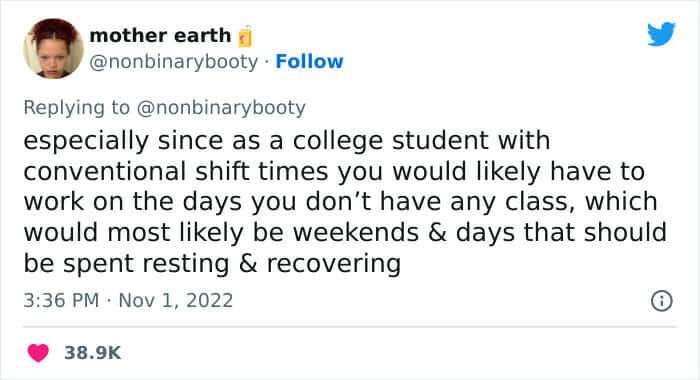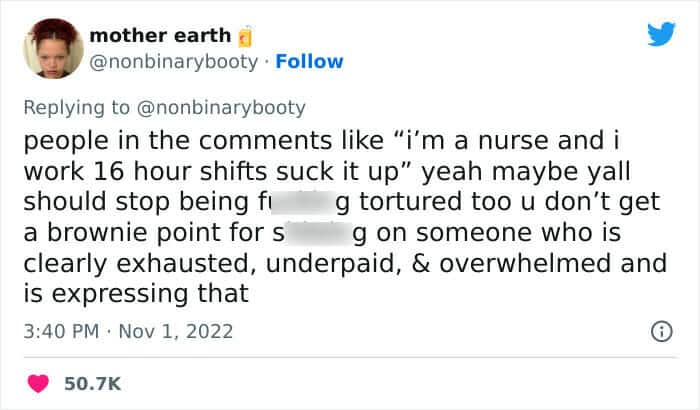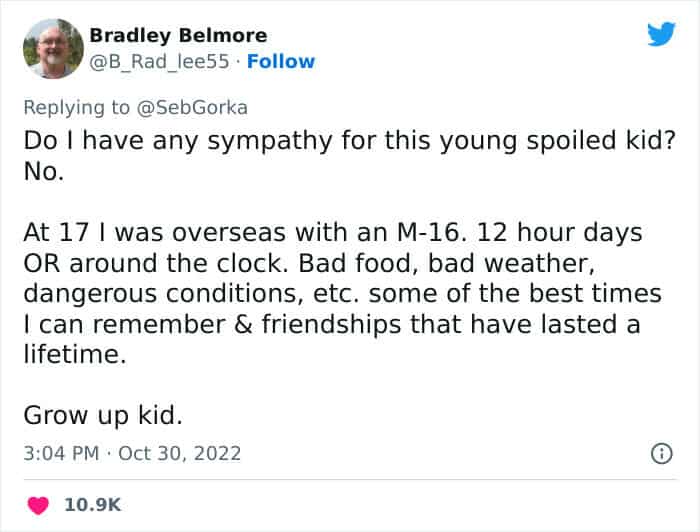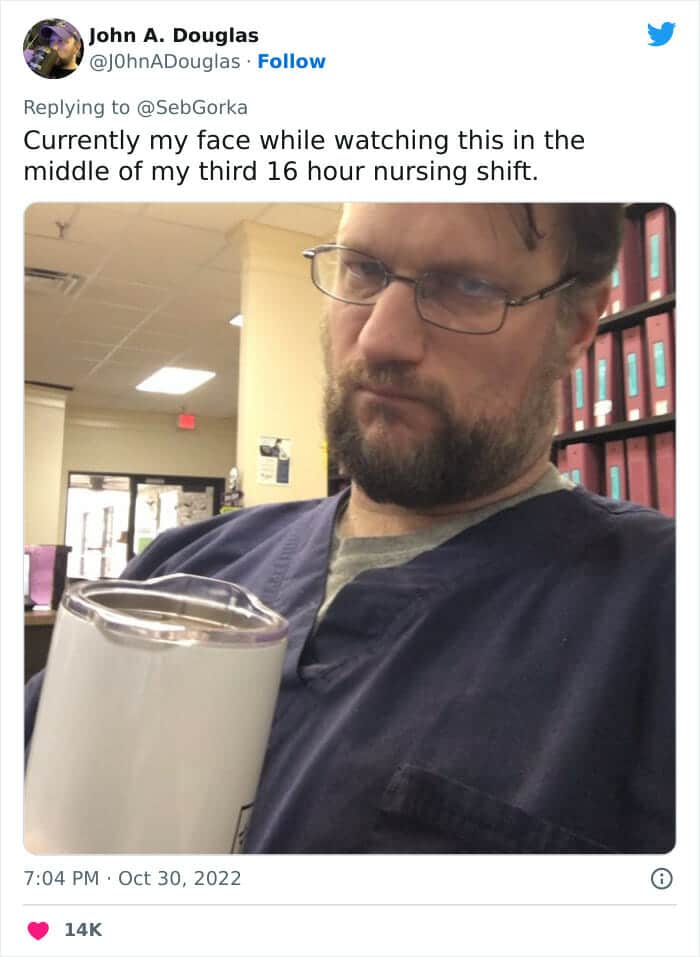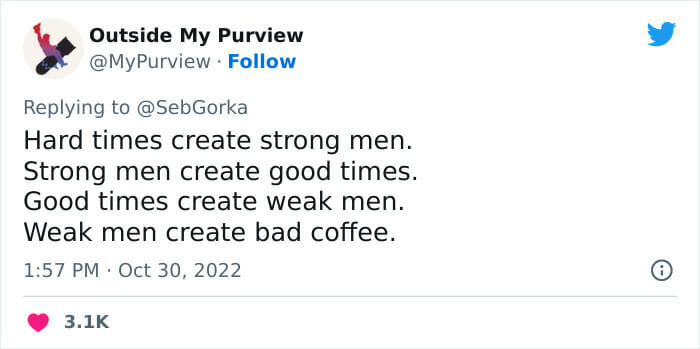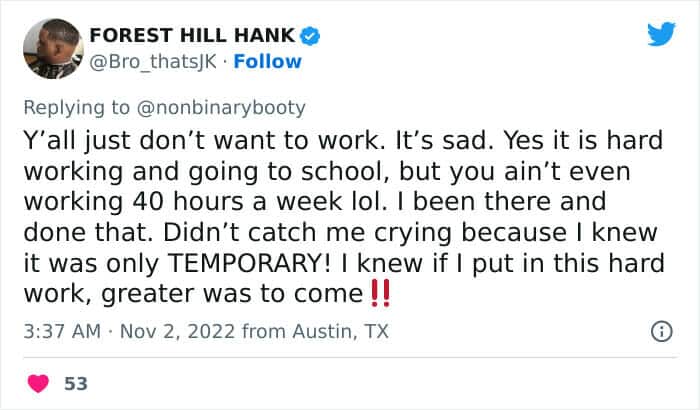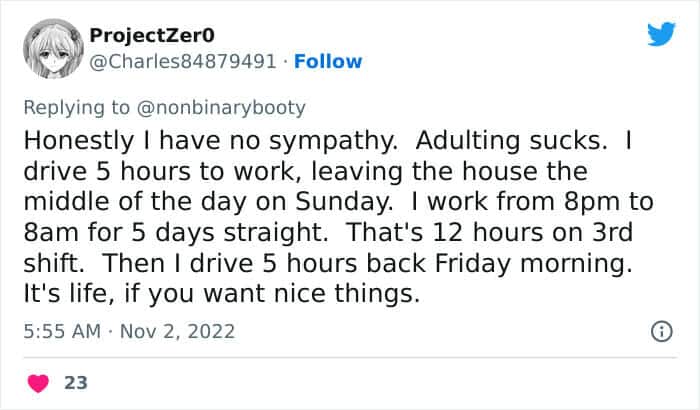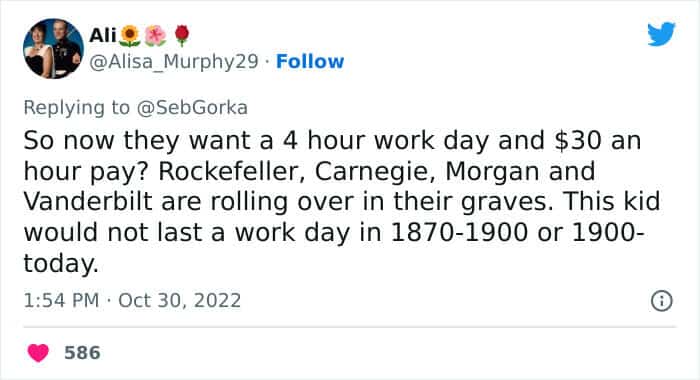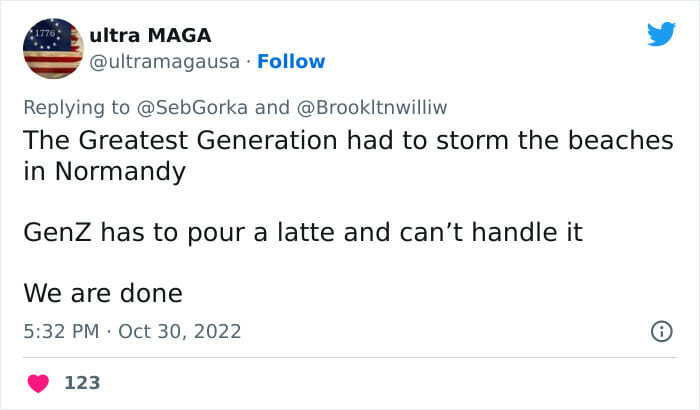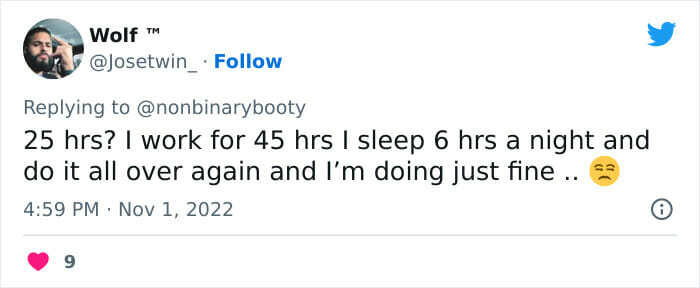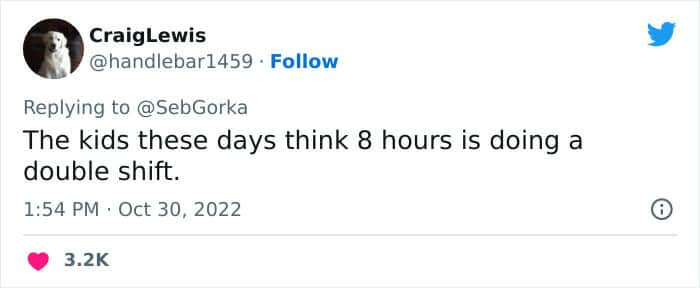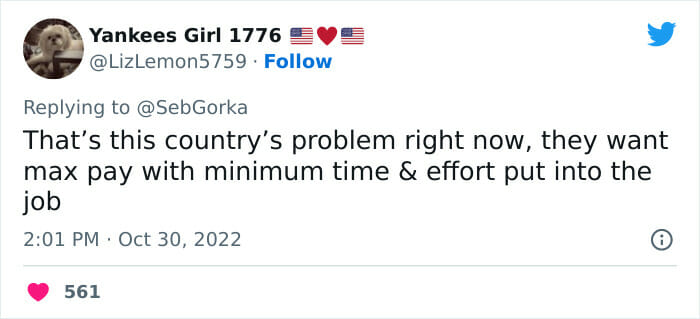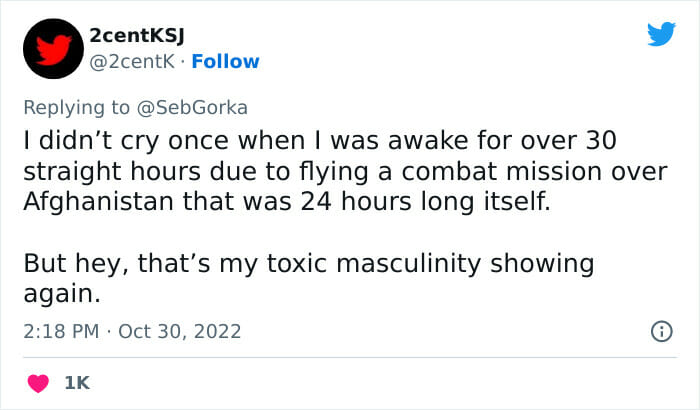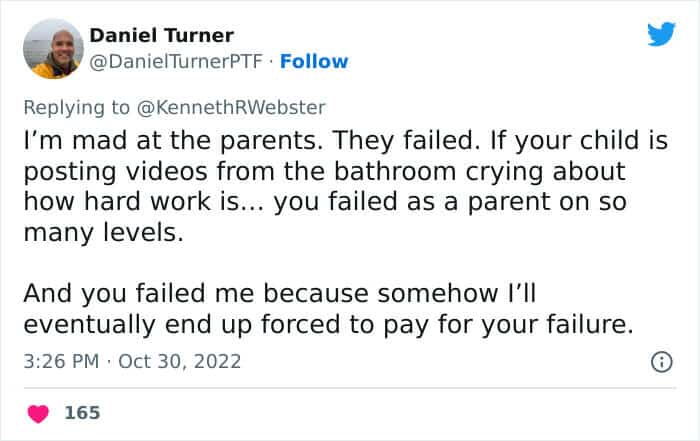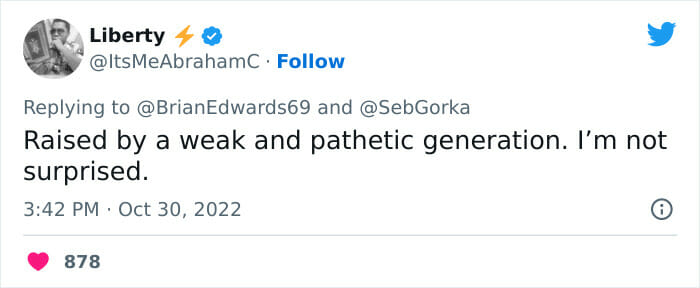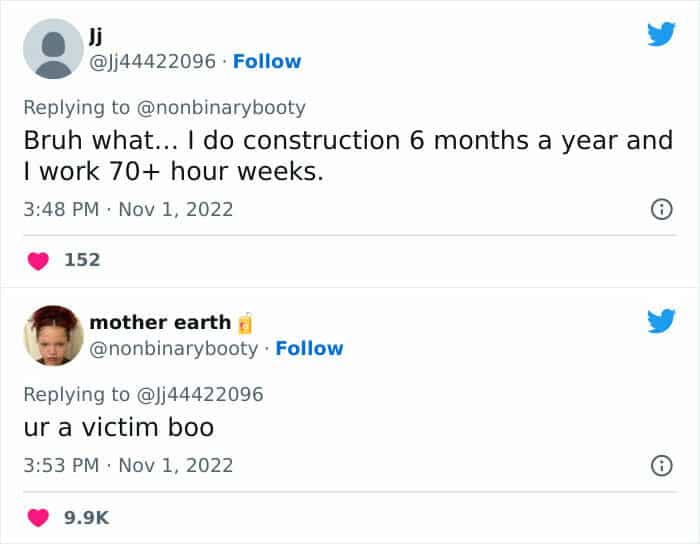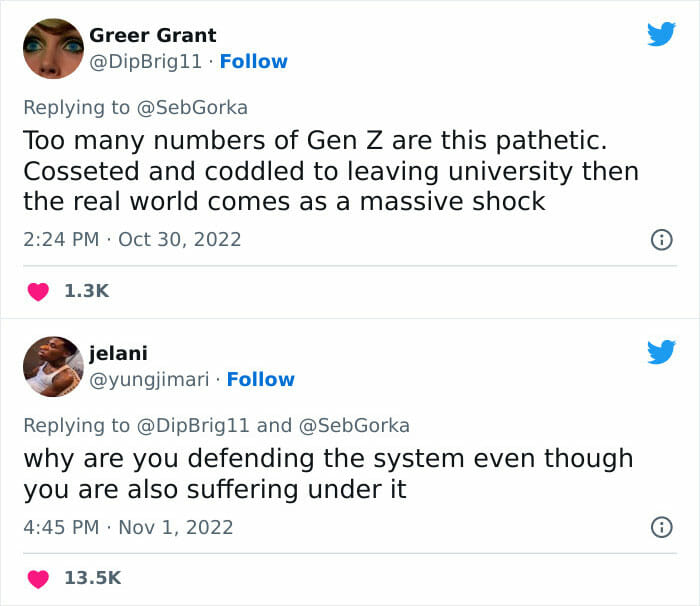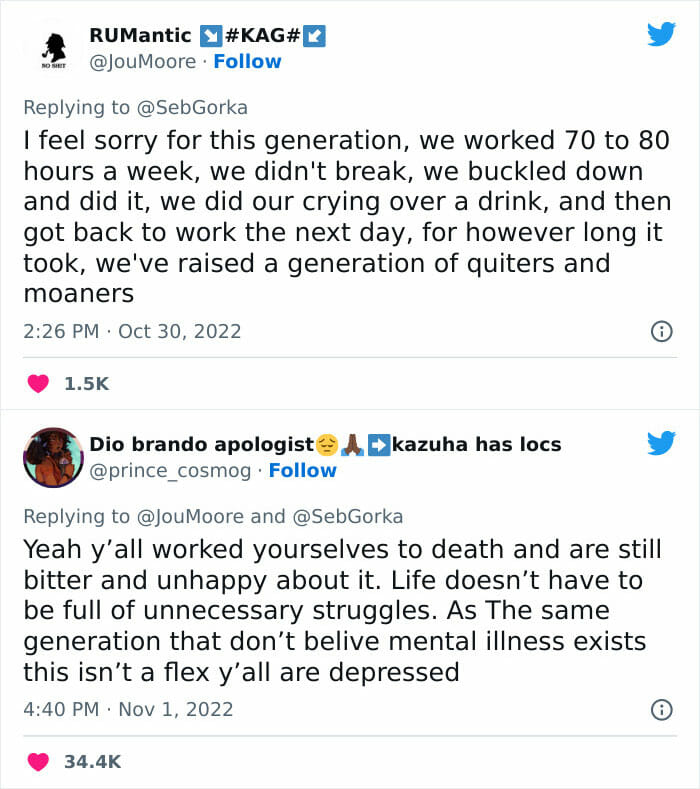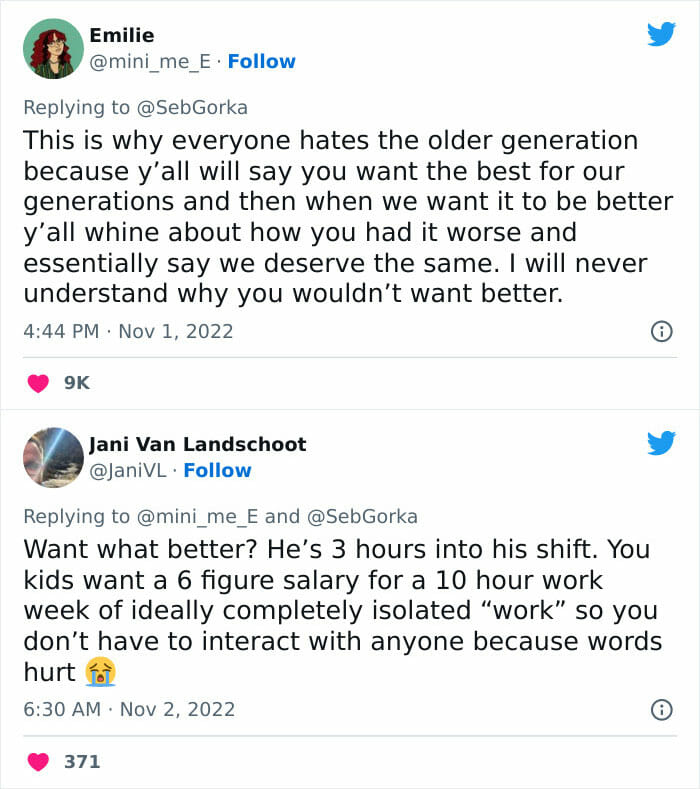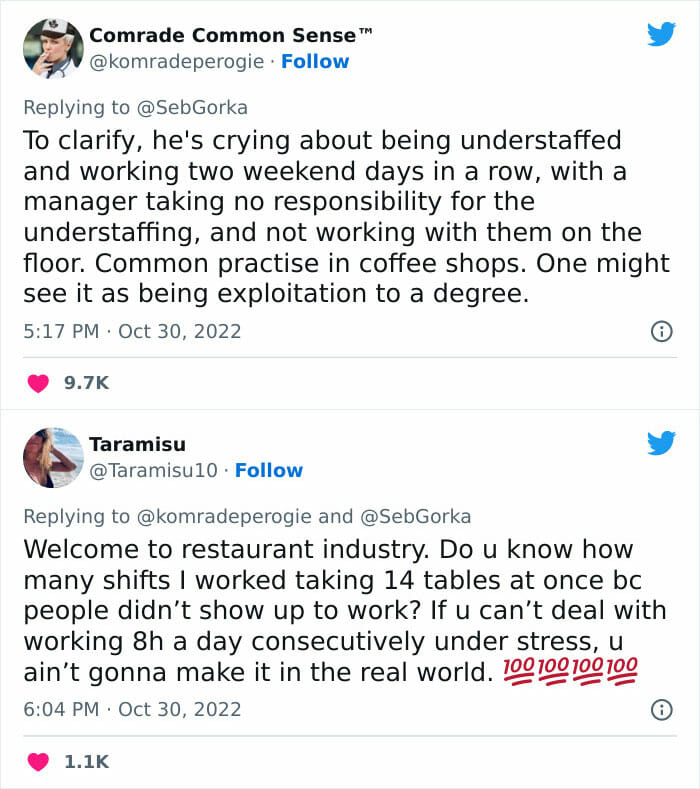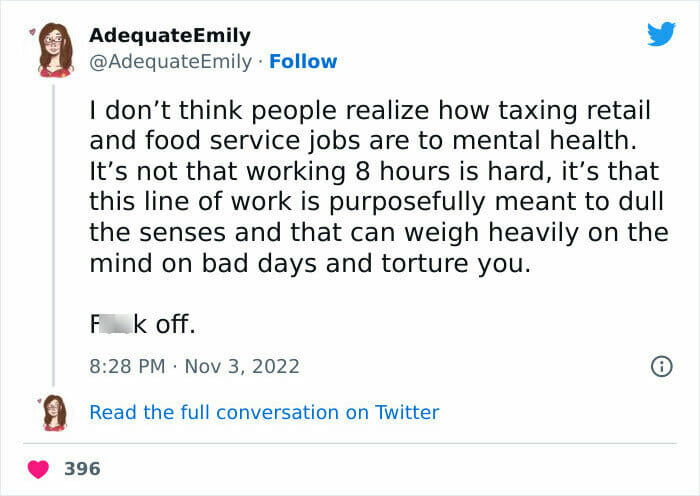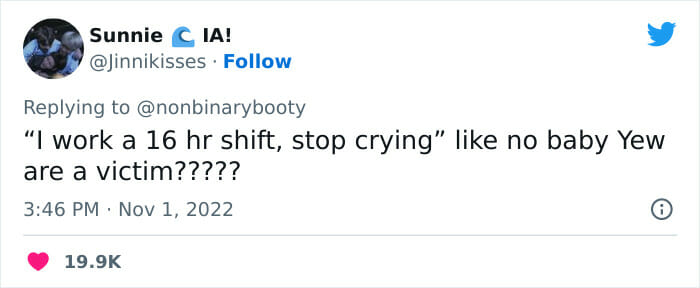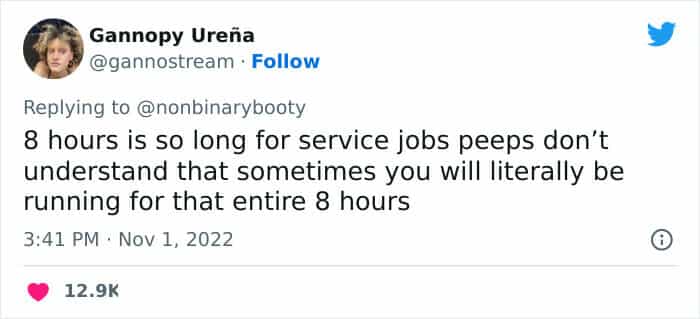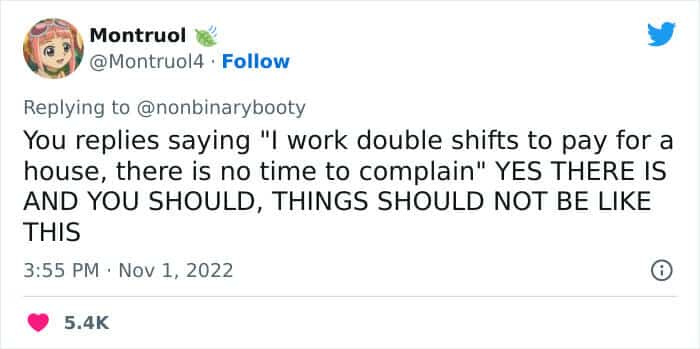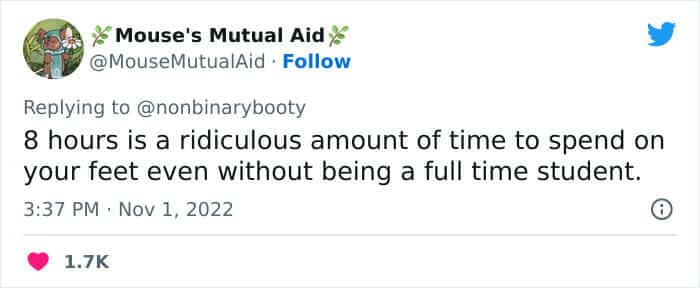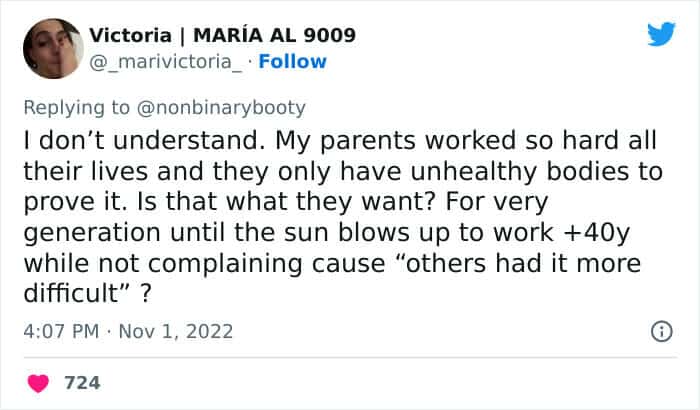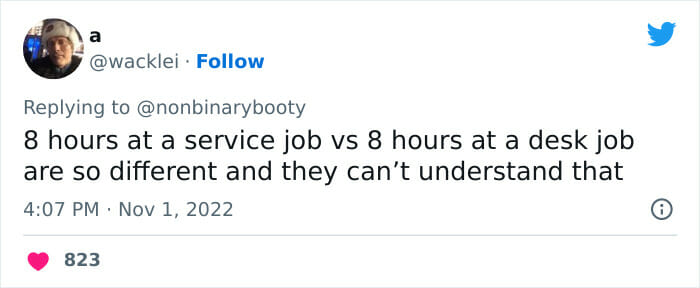A Starbucks barista recently posted a video of himself having a meltdown, which has become the talk of the internet.
In the clip, the worker says what he thinks about his boss and rude customers, but what he says about his schedule splits the online crowd.
The barista, who is also a student, said that working a 25-hour week and an 8-hour weekend shift was too much for him.
Right away, one group of Twitter users called him soft and spoiled, while another group defended him by saying that there are many ways to take advantage of workers.
This Starbucks barista has said that the working conditions at the company are bad.
Trans Barrister has meltdown because 8 hours is too long to work on a day… pic.twitter.com/IfVSzZ4G0w
— Sebastian Gorka DrG (@SebGorka) October 30, 2022
In a video that has gone viral, they mostly complained about the schedule and the way things were run.
And brought up the need to form a union.
In the US, it costs a lot to get a degree. Even the locals don’t know how much it will cost. According to the 2021 Fidelity Investments survey on College Savings & Student Debt, 38% of high school students and 1 in 4 parents think that one year of college will cost $5,000 or less. However, this number is much lower than what they are likely to pay at public and private four-year colleges. (In addition to tuition and fees, students have to pay for things like housing, food, and books, which can add up to thousands of dollars a year.)
Obviously, it depends on where you go to college. The average cost of tuition and fees at a ranked public college in the same state is about 74% less than the average sticker price at a private college ($39,723). Still, that’s $10,423 for the year 2022-2023. The average cost of a year at a public college for a student from out of state is $22,953.
So it shouldn’t be a surprise that many people, like the person who made this video, have to work in order to finish school. In 2020, there were 40% of full-time undergraduates who were also working (additionally, the share of part-time undergraduates who were employed was 74%).
But that doesn’t get you very far. In fact, 42.8 million people have federal student loan debt, and the average balance is $37,787. The total average balance, including private loan debt, could be as high as $40,780.
The total amount of student loan debt in the United States is $1,745,000,000,000.
As news about the plan to forgive student loans spreads, many Americans praise the government for help. But after years of financial crises, many more people still can’t even pay for gas and basic necessities, let alone pay back a debt in the five-figure range.
The team at ELVTR, an online education platform, surveyed 2,000 Americans and said in a statement that this is how people in the country are affected by their student debt:
- Even though there is a plan to forgive federal loans, 63% of people are still having trouble paying them;
- 60% of educated Americans make less money than some of their non-educated friends;
- 32% couldn’t start a family until they paid off their student loans, and 53% couldn’t go on vacation.
- 36% of people who took out loans regret them, while 77% of people who went to college regret their choices.
The outcomes are shocking. CEO of ELVTR, Roman Peskin, said:
The United States higher education system is broken following decades of decline. Students give up years of their life and enormous sums of money in pursuit of the American Dream: a well-paid job, and the means to enjoy life and live comfortably. It turns out that those desires remain merely a dream for the vast majority of graduates. They end up learning an assortment of potentially useful skills and subjects, yet master none… and at a significant cost to their financial and mental health. With the cost of college rising faster than inflation, the situation is only getting worse. Loan forgiveness, while a great initiative, is really just a Band-Aid — before we dress the wound, we need to stitch it up first.
So, everyone is free to have their own opinion about how this person is dealing with the stress, but it can be agreed that looking down the line and seeing so much trouble can put a lot of stress on someone.
At first, the barista got a good amount of support.
Starbucks workers have been talking a lot about their jobs as of late. In the next step of the chain’s union drive, workers at over 100 locations went on strike some time ago. The walkouts took place on Starbucks’ Red Cup Day, which is one of the busiest days of the year for the company.
A source said that more than 2,000 workers took part. The union said it was going on strike to protest the backlash against union supporters across the country. It was also protesting what it says is the company’s refusal to negotiate a first labor deal with the union.
There are 264 stores that have voted for union representation, but even at stores that voted almost a year ago, no contracts have been made yet.
This is to show them we’re not playing around,
said Tyler Keeling, a union supporter who is 26 years old and has worked at a Starbucks in Lakewood, California, near Los Angeles, for the past six years.
In the past, the company has denied that it punished any employee for supporting the union, and it has said that the union was to blame for the lack of progress at the bargaining table. Starbucks has said that firing union supporters was the right thing to do because it was following the rules that apply to all of its employees, whom it calls “partners.”
But the National Labor Relations Board, which is in charge of union representation votes, asked a federal court for a national order to stop what Starbucks was doing to union supporters.
In its filing, the NLRB said that Starbucks stores had used “a number and pattern of unfair labor practices, especially firings,” against union supporters.
But as time went on, they got a lot of bad feedback, and people started having heated debates about how customer service is handled today.




